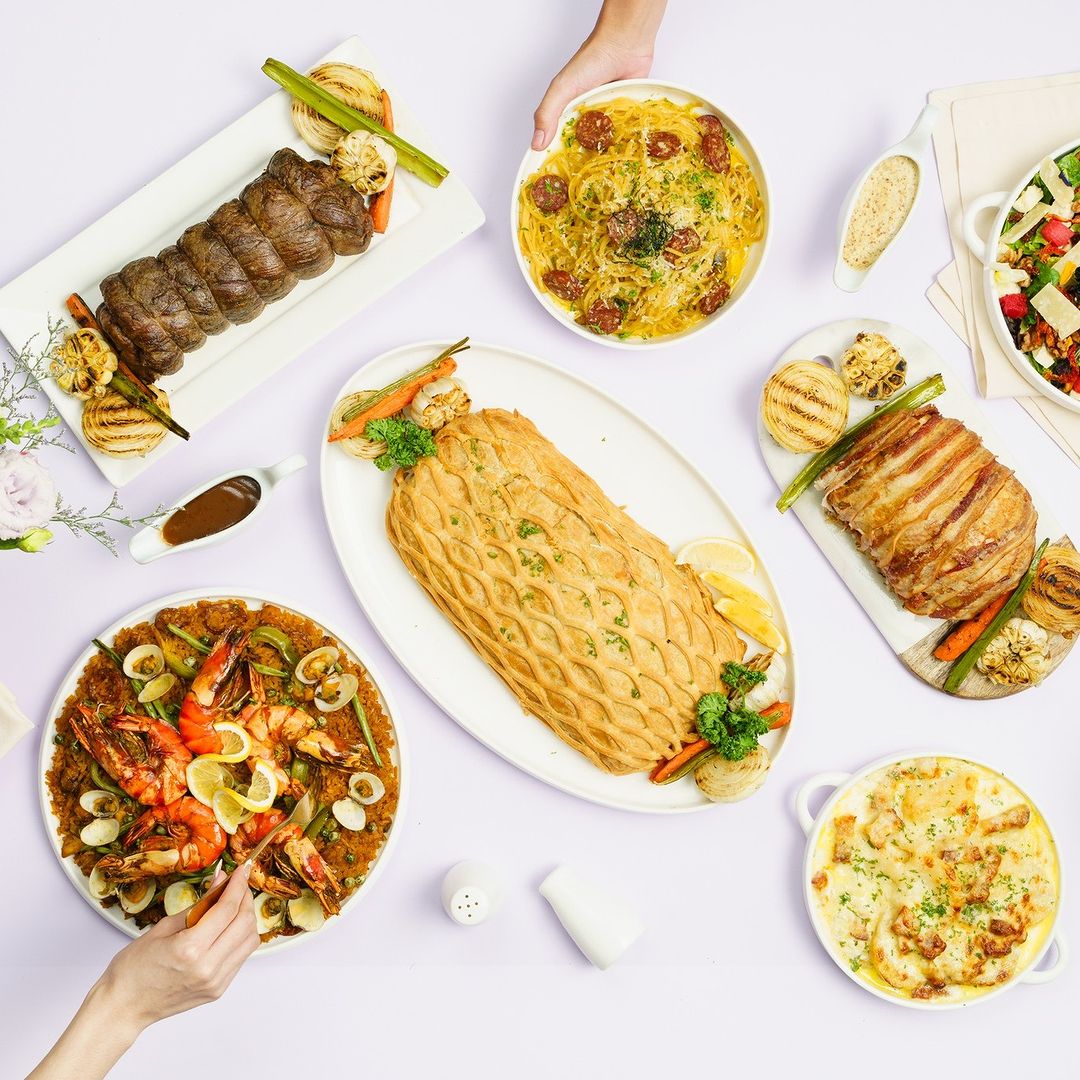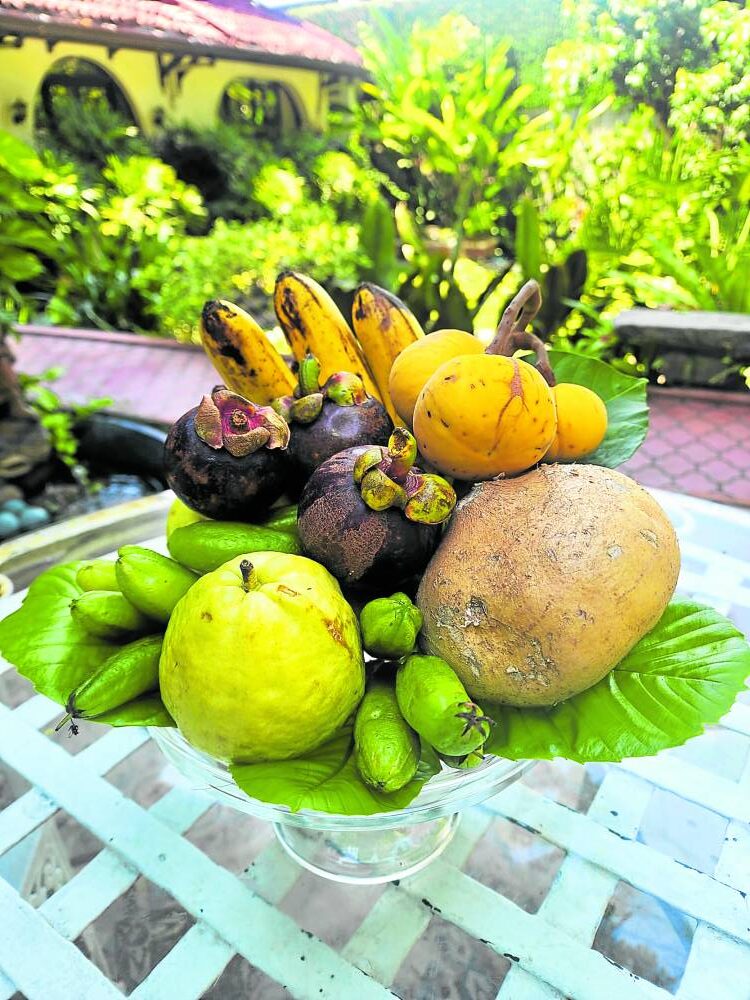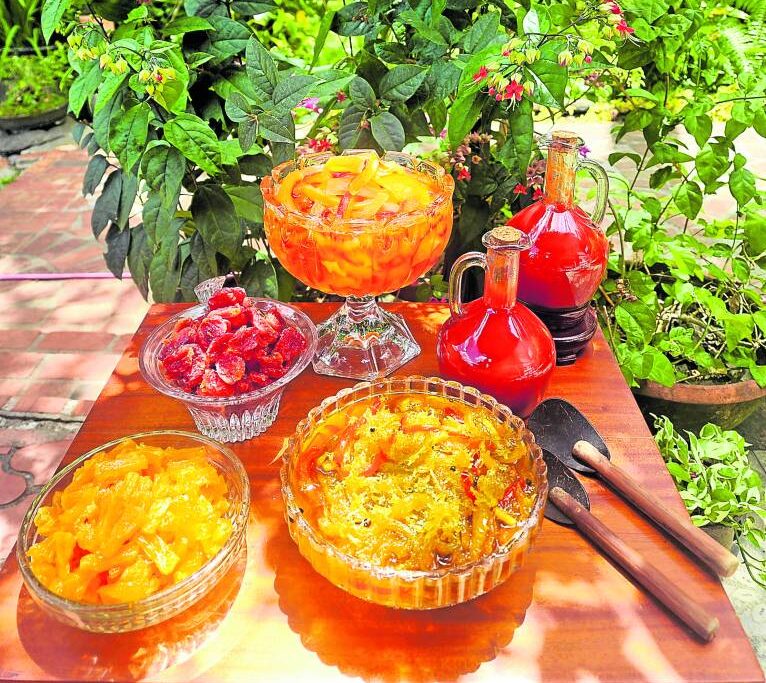Binirhen, apostol, initlog dalag, makapilay pusa. If you haven’t guessed yet, these are names of local rice varieties. They are as descriptive as the nickname given to another rice variety, Magellan—for IR1521, the numbers indicating the year of the Philippines’ discovery by, you guessed it, that man Ferdinand from Portugal.
Somehow the sign outside the Department of Trade and Industry saying that 2013 is the Year of the Rice got me thinking about the grain. It gave me a eureka moment as well, because a subject was needed for this year’s Doreen Gamboa Fernandez Food Writing Award. Why not rice? It can include the way we cook it, how we regard it, what it means to us.
Most of us take for granted that rice will be on our table when we sit down to eat. Some of us are particular about the rice we eat; others will accept any variety, old or newly harvested, as long as it’s cooked the way we want it—never al dente or half-cooked.
Four major books
The Year of the Rice was declared so that the Philippines can work toward being a big producer of rice, enough to cut our dependence on imports. The goal printed on the promo materials is “Sapat na Bigas, Kaya ng Pinas.”
In writing this column, I looked for my books that delved on rice and found four major ones.
“The Rice Book” by Sri Owen (Transworld Publishers Ltd. 1993) has most of its pages on the cooking of rice in different countries of Asia and Europe, including the United States. Owen is an Indonesian food writer who has authored several books on cookery. In her opening chapter, she wrote about her travel through the Philippines with the help of the International Rice and Research Institute, with headquarters in Los Baños, Laguna. She wondered how the Ifugao Rice Terraces were never in any Spanish writings or reports, if they were said to have been constructed 2,000 years ago.
The authors of “Seductions of Rice” (Artisan, 1998), Jeffrey Alford and Naomi Duguid, went all over the world to document how each country cooks the grain. But they also commented on how “the rice terraces of Banaue leave all the others in a cloud of dust…” and that the terraces “aren’t the biggest, or the most beautiful; they’re simply the best.”
Best reference
Of course, the best reference for anything to do with food must be “The Oxford Companion to Food” (Oxford University Press, 1999) edited by Alan Davidson. The entry on Oryza sativa, the scientific name of rice, fills about four pages, with a special entry on “Rice Cakes of the Philippines” by Doreen Fernandez.
Fernandez, in her book “Palayok” (The Bookmark Inc., 2000), wrote of how important rice is to Filipinos. “It fuels our ordinary lives. Farmers, fishermen and rural-urban families use it to break the fast, and then to bridge the day’s hungers till evening… If we didn’t have rice, our deepest comfort food, we would probably feel less Filipino.”
I am citing these books because, for the next phase of the DGF Food Writing Award, research is 40 percent of the total grade (content is 40 percent and style is 20 percent). Research can include interviews or reading a restaurant menu, which I did to get all those names of local varieties.
Other rules remain the same: Entries have to be in English, in essay form, and should be 800 words or 5,000 characters long. Contestants can submit up to two essays but each one has to have a different pen name.
A separate file should include author’s information such as pen name, real name, address, telephone numbers (mobile and/or landline). Indicate if you are a student, although this has no bearing on the judging. Submit through e-mail to [email protected]. Deadline is Aug. 15, 2013.
New Zealand food exhibit
While the rice we produce isn’t enough to feed our people, how totally different the situation is with New Zealand, which had a food exhibition recently of their products.
Ambassador Reuben Levermore said that his country consumes only about 10 percent of what it produces. After all, the total population of New Zealand (about 4.5 million) would comfortably fit in Metro Manila. New Zealand is promoting its products to other countries, and in the Philippines, its food and beverages have grown 30 percent since 2009.
Trade Commissioner to the Philippines is Hernando Banal, Filipino immigrant to New Zealand. He brought me around the booths and showed me the frozen seafoods popular here like the mussels (someone got all the supplies for that day) and salmon, my favorite Manuka honey, and Natural Premium Ice Cream, which I had a taste of.
My flavor of choice was Hokey Pokey, the name for honeycomb toffee in New Zealand. I didn’t know that until I looked it up, because the name made me recall a song that began: “You put your left foot in…”
A New Zealand exhibit isn’t complete without the Maori chant and dance. And there it was at noon performed by Kiwis, and the more warlike haka in the evening which included a Filipino group who likes to perform it.
E-mail [email protected].








































